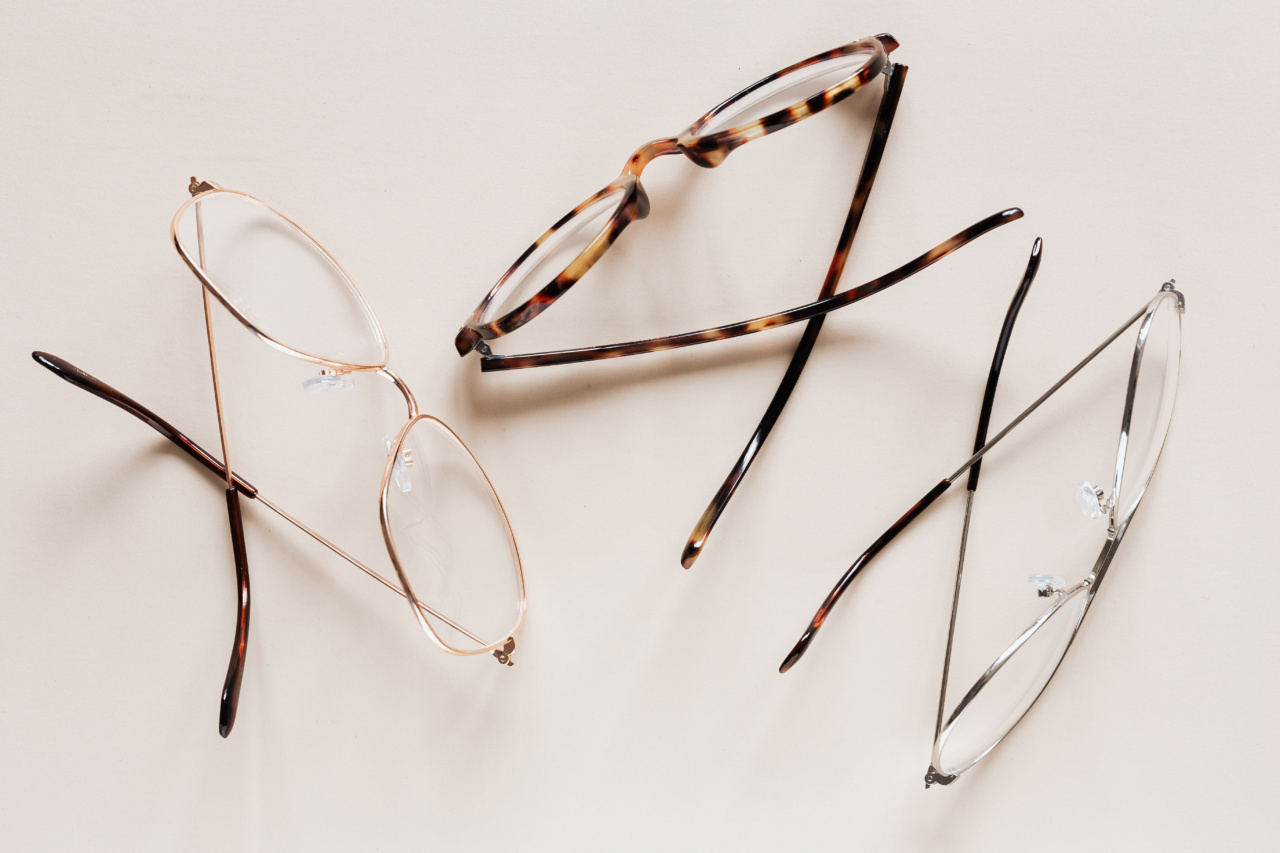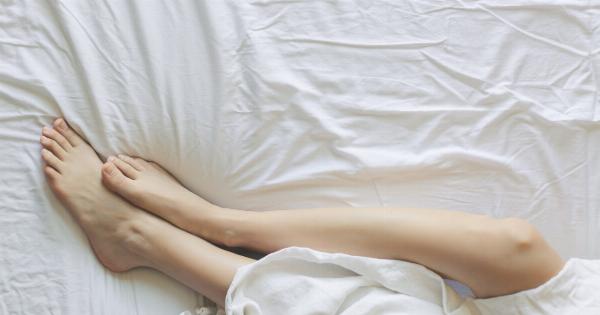Stretch marks are a common skin concern that many people experience. These marks, also known as striae, can appear on various parts of the body, such as the stomach, thighs, hips, and breasts.
They are often caused by rapid weight gain or growth, pregnancy, or hormonal changes.
While there are numerous creams, lotions, and treatments available in the market to reduce the appearance of stretch marks, there is one often overlooked method that may improve their visibility – sleep.
Yes, you read that right! Sleeping properly and incorporating certain habits into your bedtime routine can contribute to minimizing the appearance of stretch marks. In this article, we will explore how to improve stretch marks by incorporating good sleep practices into your daily routine.
1. Stay Hydrated Throughout the Day
Ensuring your body is well-hydrated throughout the day has numerous benefits, including reducing the appearance of stretch marks. Dry and dehydrated skin tends to be less elastic, making it more susceptible to developing stretch marks.
By drinking an adequate amount of water daily (aim for at least 8 glasses), your skin will remain hydrated and healthier. This improved skin elasticity can lead to a reduction in the appearance of stretch marks over time.
2. Use a Moisturizer Before Bed
Moisturizing your skin before going to bed is crucial for maintaining its health. Applying a hydrating lotion or oil can help improve the moisture levels in your skin and promote elasticity.
Look for moisturizers that contain ingredients known to boost collagen production, such as cocoa butter, shea butter, or collagen peptides. Gently massage the moisturizer into your skin in circular motions, focusing on areas with prominent stretch marks, before climbing into bed.
3. Sleep on a Silk or Satin Pillowcase
Believe it or not, the type of material you sleep on can impact the appearance of your skin, including stretch marks.
Traditional cotton pillowcases can create friction against the skin, which can lead to skin irritation and worsen stretch marks over time. Switching to a silk or satin pillowcase can significantly reduce this friction as they provide a smoother surface for your skin to glide on. Additionally, silk and satin are gentler on the skin, reducing the chances of further skin damage.
4. Elevate Your Legs While Sleeping
If you have stretch marks on your legs or thighs, elevating your legs while sleeping can help improve their appearance. Prop your legs up with a pillow or cushion to elevate them slightly above your heart level.
This position can promote better blood circulation and reduce swelling, which may contribute to the reduction in the appearance of stretch marks.
5. Apply a Retinoid Cream
Retinoids, derived from Vitamin A, are known to have numerous benefits for the skin, including improving its texture and reducing the appearance of stretch marks.
Before incorporating a retinoid cream into your bedtime routine, it is important to consult with a dermatologist. They can recommend the appropriate strength and guide you on how to incorporate it into your skincare regimen. Retinoids are best used at night as they increase the sensitivity of the skin to sunlight.
6. Practice Gentle Stretching Before Bed
Incorporating gentle stretching into your nighttime routine can help improve blood flow and flexibility, resulting in healthier-looking skin over time.
Include stretches that target the areas affected by stretch marks, such as the thighs, abdomen, or hips. Remember to perform these stretches gently and avoid overexertion, as it may lead to muscle strain or injury.
7. Invest in a Body Pillow
If you are pregnant or have stretch marks on your abdomen, investing in a body pillow can be beneficial. Body pillows provide support to your belly and back, helping you maintain a comfortable sleeping position.
By reducing the pressure on your abdomen and preventing excessive stretching of the skin, a body pillow can potentially minimize the appearance of stretch marks.
8. Practice Stress-Relieving Techniques
Chronic stress can worsen the appearance of stretch marks and affect overall skin health. Incorporating stress-relieving techniques into your bedtime routine can help promote relaxation and improve the appearance of your skin.
Consider practices such as deep breathing exercises, meditation, or gentle yoga stretches before bed. Creating a calm and peaceful atmosphere in your bedroom can also aid in reducing stress levels.
9. Get Sufficient Sleep
Sleep deprivation can adversely affect your skin’s appearance and health. When you don’t get enough sleep, the body produces excess cortisol, a stress hormone that can break down collagen and elastin fibers in the skin.
This can lead to the worsening of stretch marks and other skin concerns. Aim for 7-9 hours of quality sleep each night to allow your body to repair and rejuvenate the skin.
10. Be Consistent and Patient
Improving the appearance of stretch marks takes time and consistency. Incorporate these sleep practices into your routine and give your body ample time to show results.
Remember, everyone’s skin is unique, and the extent of improvement may vary from person to person. Be patient and maintain a regular sleep routine to maximize the benefits.
Conclusion
While it may seem surprising, incorporating good sleep practices into your routine can potentially improve the appearance of stretch marks.
Staying hydrated, moisturizing before bed, sleeping on silk or satin pillowcases, and practicing stress-relieving techniques are just a few of the habits that can contribute to healthier-looking skin. Additionally, using retinoid creams, elevating your legs while sleeping, stretching gently, and getting sufficient sleep are key factors in minimizing the visibility of stretch marks.
Remember, consistency and patience are essential when aiming for improvements in the appearance of stretch marks. With time and dedication to improving your sleep routine, you may notice a reduction in the visibility of those unwanted marks.































